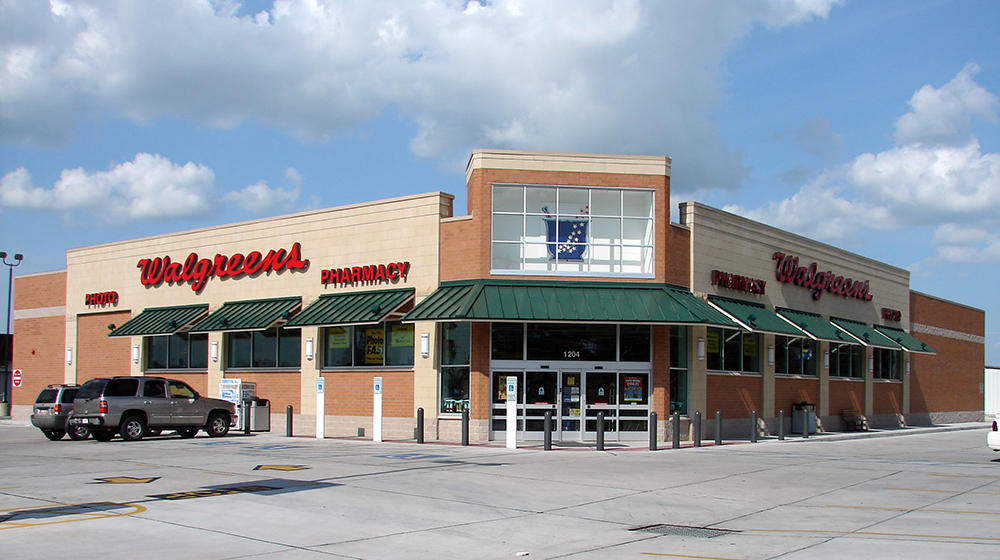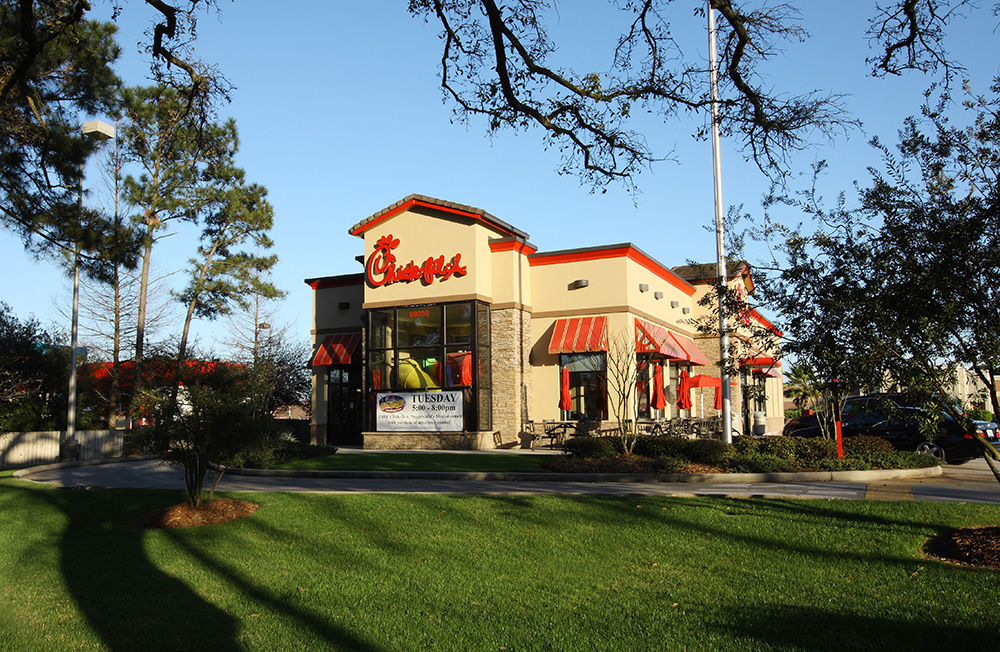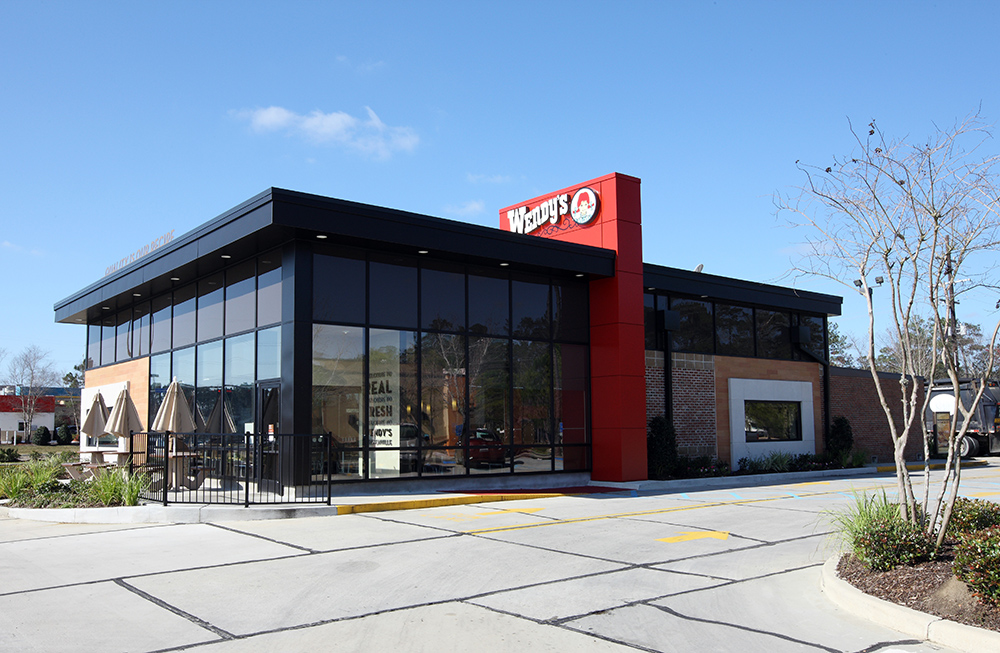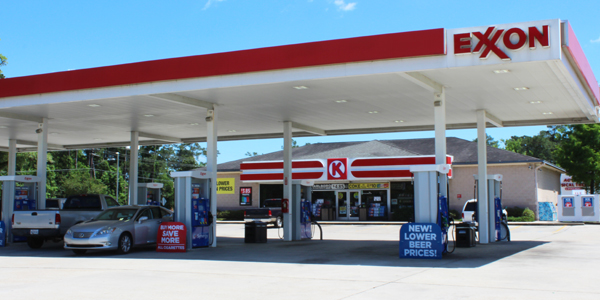Part #3 – Retail Site Selection for Drug Stores
Drug Stores Have Unique, Evolving Characteristics
Around the turn of the century, the Drug Store War for “Class-A” corners erupted across the Gulf South. Between the Rite Aid and K&B merger, as well as CVS and Walgreens aggressively competing for market share, the race was fast and furious. I distinctly remember sale prices exceeding $20/foot for the first time, and “Coming Soon” signs appearing on corners on the regular. Most of the drug stores that we frequent today were likely built between 1998-2006.
Unlike convenience stores that rely on traffic counts or quick-serve restaurants that benefit from both traffic counts and proximity to customers, drug stores focus more heavily on population or “warm bodies.” And, even though location and access are important, drug stores can be considered a “destination retailer.”
The reason being, although a large portion of a drug store’s customer base picks up their prescriptions during their P.M. commute, drug stores don’t rely on the impulse consumer dollar.
Extensive studies have shown (in a market size like Baton Rouge, LA) most script fillers will use the drug store located within a five-mile radius of their home.
Further, one-third of a drug store’s gross revenue is generated during off-peak hours, attributed to homemakers and retirees shopping during the day, patients picking up scripts after doctor’s visits, as well as their weekend customer base.
However, with the amount of capital that major drug stores like Walgreens, CVS and their competitors have invested in their marque locations, they in turn, usually have higher overhead and product pricing.
At a time when families have less disposable income and higher healthcare and prescription costs, more and more consumers are starting to sacrifice convenience for cheaper pharmacy alternatives.
Grocery-store pharmacies such as Walmart, Kroger and Sav-On, as well as discount prescription providers, online pharmacies, wholesalers and health clinics have seen a spike in sales, posing a threat to the retail drug store industry.
While existing population is still a key factor in the drug store site selection process, drug stores have started purchasing sites in outlying/rural areas where new home sales, multifamily communities and spikes in population are projected.
We are also seeing drugstore chains looking at more unique locations than they have in the past, capitalizing on mall shoppers, students, office building and hotel users. Some are incorporating smaller footprints with more curated product offerings or expanding in-store healthcare services to enhance their brick-and-mortar customer experience.
As consumer behavior continues to evolve, so will the characteristics and site selection needs of retailers, including drug stores.
Working with a site selection specialist that knows the market trends and projected growth patterns can be an invaluable asset for any retailer looking for sustained growth in a market.
Stay Tuned for Collier’s Next Post!
If you are interested in a site selection specialist, or for questions regarding your commercial real estate property, contact J. Collier Thornton at (225) 926-4481 or cthornton@stirlingprop.com.
Retail Site Selection for Fast Food Restaurants or QSRs
Retail Trends Have Changed
While smartphones and technological advances have created the convenience for consumers to do just about anything with the simple push of a button, somehow it seems our society has never been busier. We are always on the go. Studies have shown that on average, today’s consumer spends approximately 30% more time in their vehicles than ten years ago.
Part #2: Fast Food or Quick Serve Restaurant (QSR)
The one retail sector that has seen the greatest benefit from today’s hustle-and-bustle society is the Fast Food industry (or Quick Serve Restaurant (QSR)).
As mentioned in Part #1 of this blog series, all retailers rely on traffic counts and accessibility of their location. And, like convenience stores (C-Stores), QSRs benefit greatly from traffic counts, but they must also consider proximity to their customers.
Until recently, very few QSRs focused on the A.M. or “breakfast consumer.” For years, except for a handful of fast-food chains like McDonald’s, most QSRs only focused on the lunch and dinner or P.M. consumer. Therefore, being on the P.M. side of the road was a must.
However, with retail markets becoming heavily saturated with QSRs, coupled with the increased capital tied up in a restaurant, QSRs have been forced to start offering a breakfast menu. In some cases, the small margin of revenue that breakfast sales now provide has become a crucial component in a QSR’s profitability.
The one QSR statistic that has remained a constant, however, is that the P.M. consumer is most likely to visit a QSR within 1-2 miles (5-7 minutes) from their home.
Most experts contribute this trend to two major factors: familiarity of surroundings and being able to eat a hot meal at home. So, unlike C-Stores, proximity to rooftops must be considered when choosing a QSR site. While C-Stores can rely solely on traffic counts, QSRs cannot.
With the addition of breakfast menus, more and more QSRs that once wanted to be on the P.M. side of the road will now select the best site in a desired trade area. Therefore, working with a seasoned site selection advisor can be extremely helpful in determining and identifying the ideal location to best capitalize on the surrounding market.
Stay Tuned… Part #3 – Drug Stores
If you are interested in a site selection specialist, or for questions regarding your commercial real estate property, contact J. Collier Thornton at (225) 926-4481 or cthornton@stirlingprop.com.
Retail Site Selection & Convenience Stores
Proximity & Accessibility of Retailers
Since the beginning of time, retailers have strategically positioned themselves in a manner where they could capitalize on the disposable dollars that their target market spends.
While technology advancements have enhanced the ability for consumers to buy certain products online and have them delivered right to their doorsteps, there are still several retail sectors that cannot be replaced by e-commerce.
This blog series will outline three of those retail sectors: 1) Convenience Stores (C-Stores), 2) Fast Food Restaurants (Quick Serve Restaurants or QSRs), and 3) Drug Stores, as well as the site selection criteria they require.
I started in the commercial real estate industry in 1996. At that time, “portable” phones were in a bag that had to be plugged into a cigarette lighter, the internet was in its infancy stage, and relationships required verbal communication only.
While so much has changed over the past 23 years, three primary demographic criteria have remained a constant for market-based retailers: traffic patterns/counts, population (existing and growth) and access.
All retailers benefit from customers passing their physical stores regularly and having a location that is easily accessed. However, extensive consumer studies have caused certain retailers to apply more weight to traffic patterns and population when evaluating a market. Let me explain.
Part #1: Convenience Stores (C-Stores)
C-Stores are the one retailer that relies most heavily on traffic counts, as opposed to population. Also, C-Stores typically position themselves to take advantage of P.M. traffic patterns.
I started doing commercial real estate site selection work for a regional C-Store in 2002. The Director of Real Estate had over 30+ years of experience at the time. In one of our first meetings, when asked what the most crucial criteria were when looking for a site (outside of immediate competition), he said without hesitation, “We need to be on P.M. traffic side of the road.”
When questioned why that criteria were so crucial, he responded, “If you think about it, most people are pressed for time in the mornings. So, they will typically stop and only put enough gas in their tank to get them to work. If they have a couple of minutes to come inside and buy something, it is usually a small ticket item like coffee or a pack of cigarettes.
On the other hand, P.M. customers are typically not pressed for time. In turn, they are more likely to stop and fill up their tank. Plus, a higher percentage will come inside and buy much larger ticket items, like a 12-pack of beer, a carton of cigarettes or food for dinner.
We have done extensive studies, and our P.M. customers generate 4-5 times larger ticket sales than our A.M. customers. You do the math. That is why we will always prefer our stores to be accessible to the P.M customer.”
Over the span of several years, I sold more than 15 locations to the same C-Store. At one point, the client gave me a trade area in which to find a site. To my surprise, the trade area he provided had very minimal rooftops, at best. Besides, it wasn’t in a high-growth area.
Despite being provided the sales numbers of an existing competitor in the market, the trade area was a mystery to me. Furthermore, the trade area to choose from was on the A.M. side of the road, yet the competitor’s C-Store had the 2nd highest sales out of 65 corporate locations.
I spent the better part of the next week sitting across the street from the competitor’s store and driving the trade area, trying to determine who their customer base was. I sat and watched the A.M., mid-day and P.M. traffic patterns. The store was packed the entire day.
In addition to a railroad track eliminating the P.M. side of the road from being developed, the road was a major thoroughfare to one of two bridges that crossed the Mississippi River. As a result, customers that lived up to 10+ miles away were forced to pass the location on a regular basis.
While the immediate area had limited rooftops, the competitor’s store had record sales based on traffic count alone.
Throughout the site selection process, sometimes the criteria evolve based on a specific market area. That’s why it’s important to consult a site selection specialist who can help you analyze the area and find the ideal location for your business.
Stay Tuned for Part #2 – Fast Food Restaurants or QSRs.
For questions regarding your commercial real estate property, contact J. Collier Thornton at (225) 926-4481 or cthornton@stirlingprop.com.





